Pearl Powder for Skin: Is It safe and Beneficial?
Known for its capability to enhancement skin health, the promotion of a youthful shine, and the reduction of traces of aging, pearl powder has been
Home > Powdered Pigments > Metal Pigment
Metal pigment powder is a high-quality pigment with unique metal gloss and color, which is widely used in various fields. It is made by grinding particles or flakes of metals, minerals containing metal elements, and alloys.
Kingchroma provides a variety of metal pigment products, such as pearl powder, mica powder, titanium powder, chrome powder, iron powder, copper gold powder, aluminum pigment powder, which can meet customers’ various coloring needs.
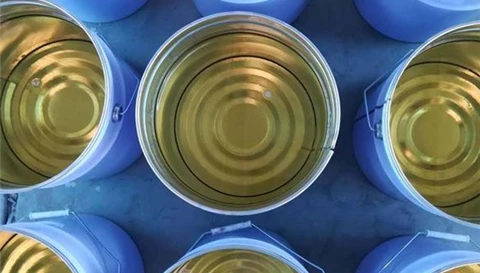
epoxy resin metallic pigment
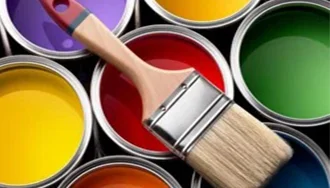
metallic powder for paint
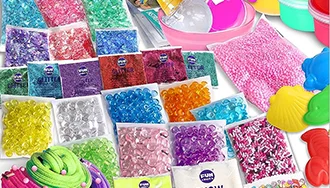
metallic powder for slime

metallic powder for Aerospace
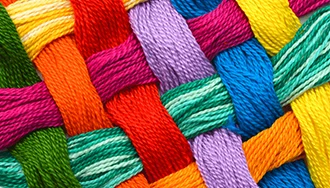
metallic powder for Textile
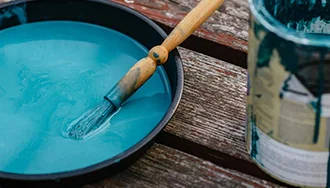
metallic powder for Protective Coatings
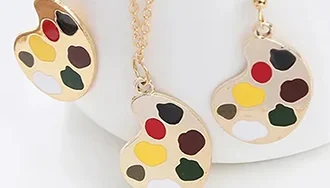
metallic powder for Jewelry
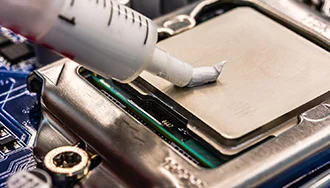
metallic powder for Electronics
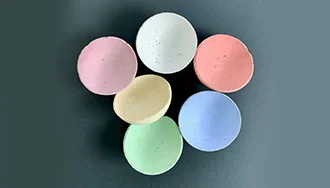
metallic powder for Crafts
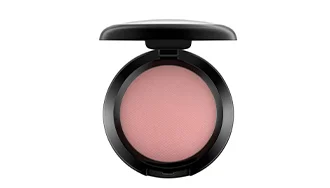
metallic powder for Cosmetics
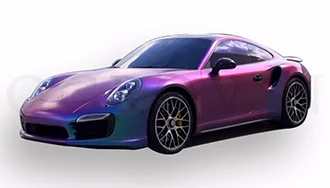
metallic powder for Automotive Coatings

metallic powder for Inks
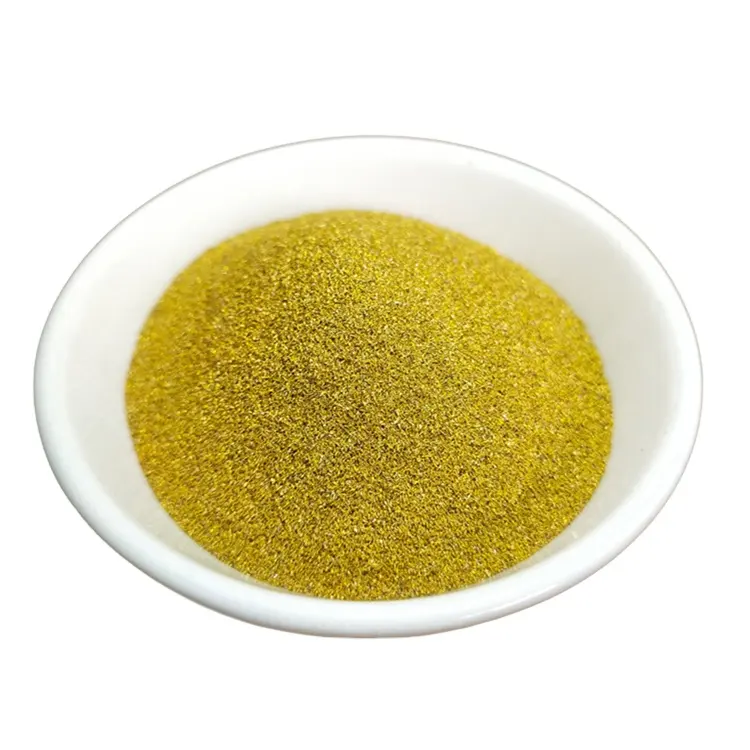
gold metallic powder

bronze metallic powder
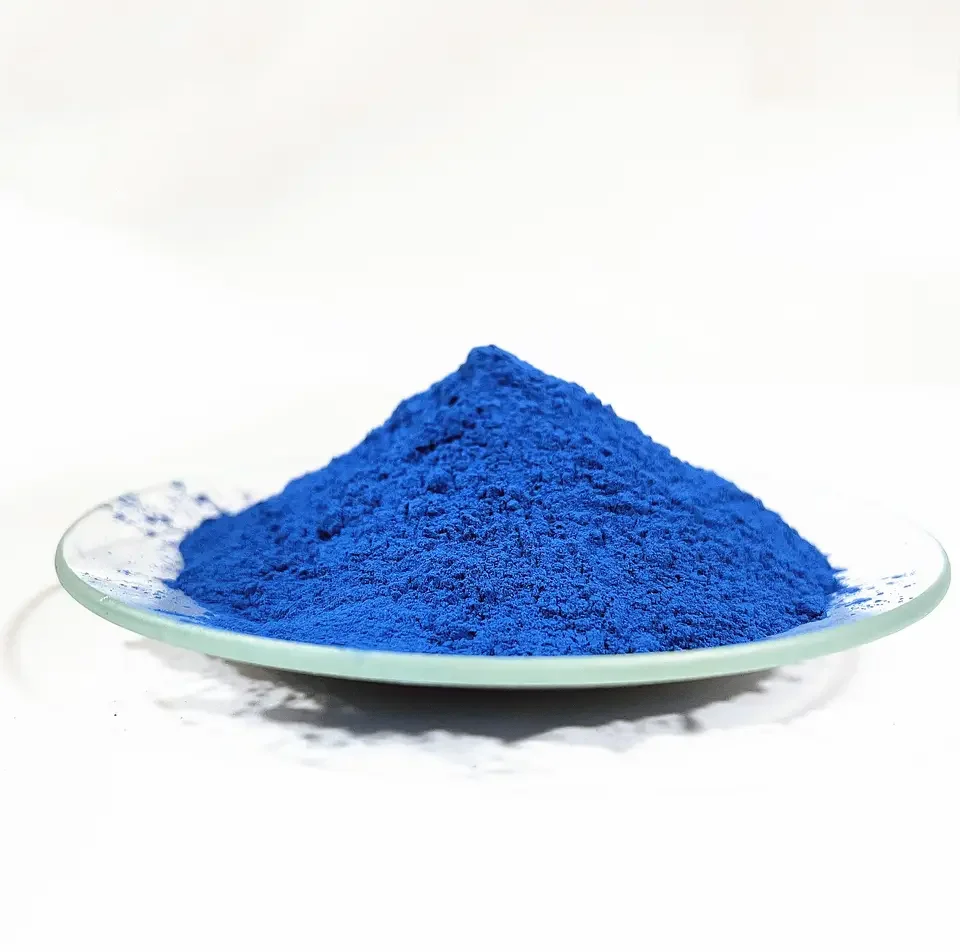
metallic powder blue
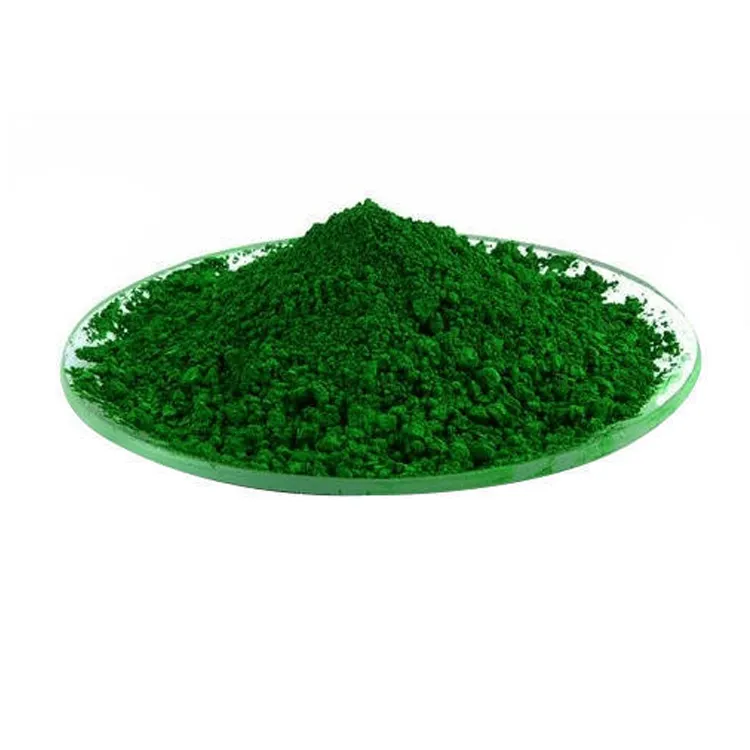
green metal pigments
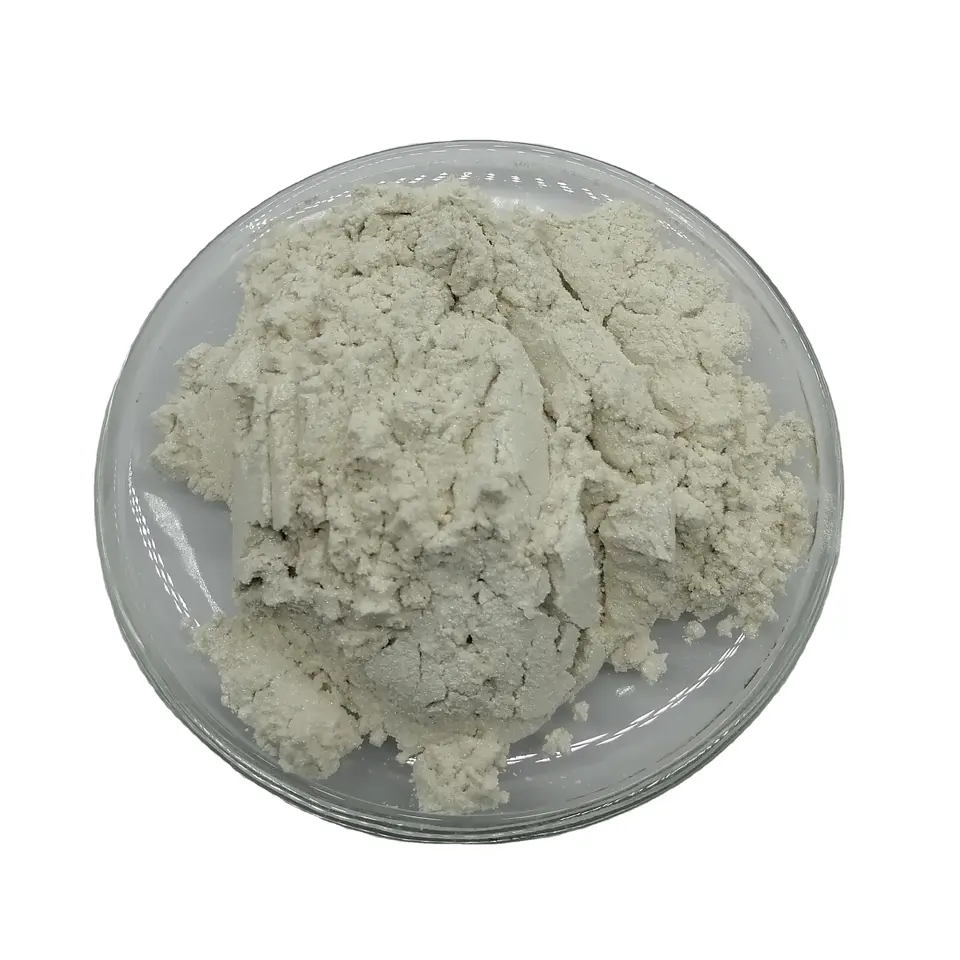
silver pigment powder
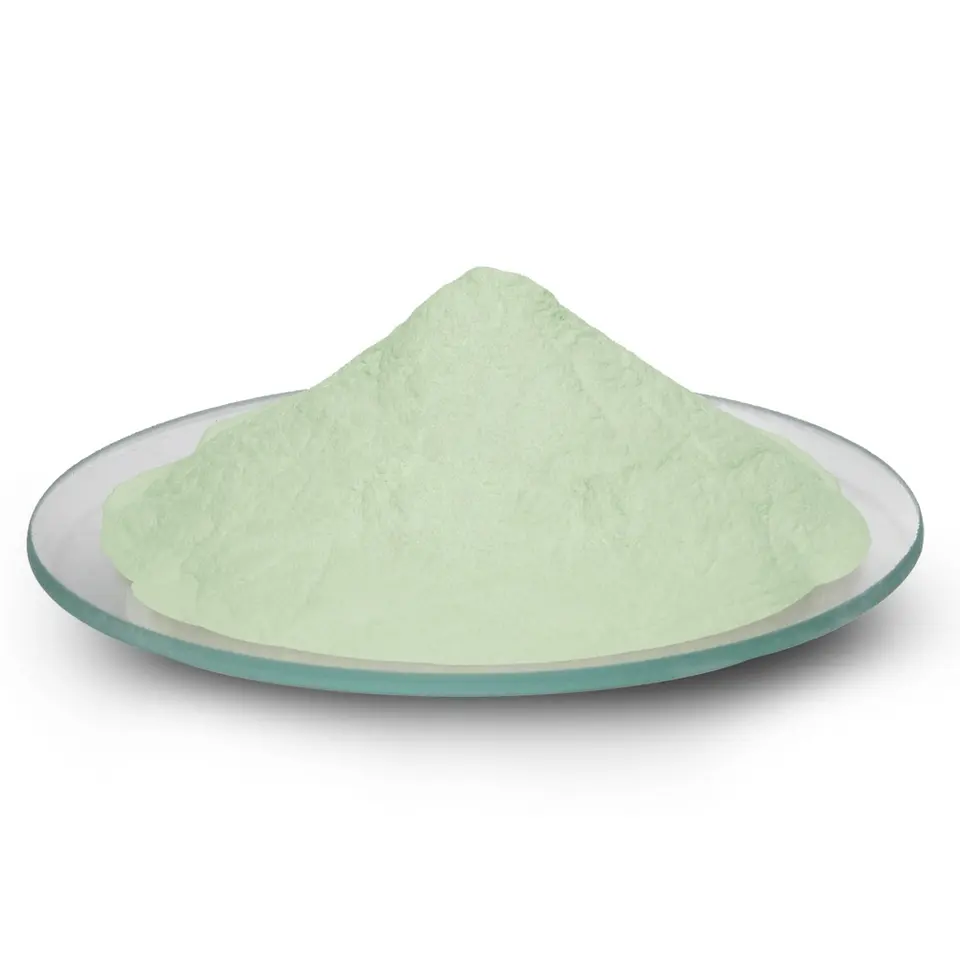
white metallic powder
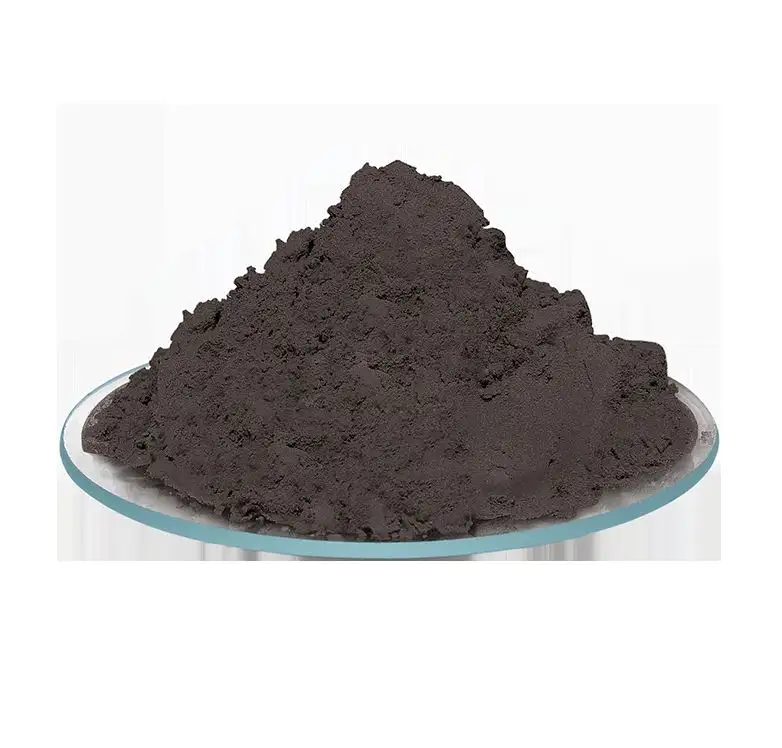
black metallic powder
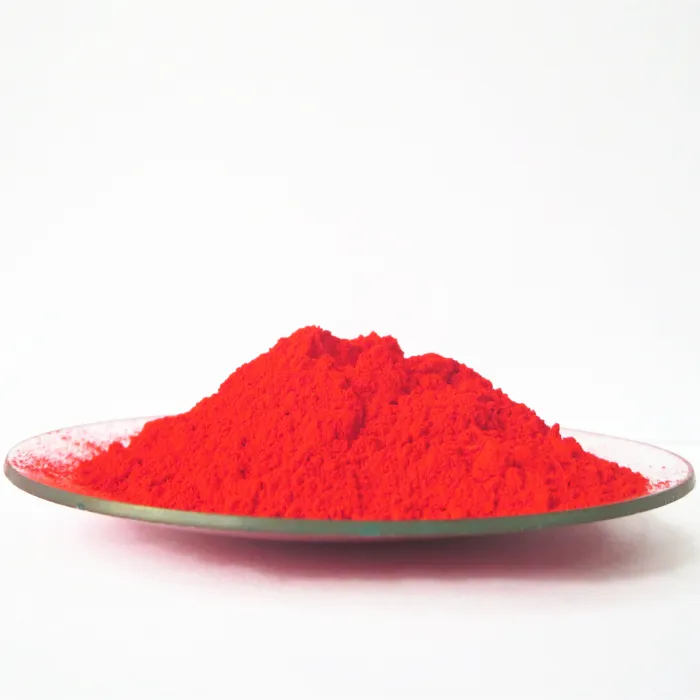
red metallic powder
Metal pigment powders have the following types: aluminum powder (silver), copper powder (gold), zinc powder, lead powder, titanium powder and iron powder.
As a common metal pigment powder with silver-white metal luster and decent covering capability, aluminum powder can be used to make metal paints, metal coatings and metal inks, granting them with unique metal texture and luster, as well as decorative materials, such as metal wallpapers, metal floors and metal ceilings.
As a metal pigment powder with red metal luster, copper powder can be used to make metal paints, metal coatings and metal inks, granting them with unique metal texture and luster, as well as decorative materials, such as metal wallpapers, metal floors and metal ceilings. In addition, it can also be used to make metal crafts and metal sculptures, granting them with unparalleled artistic value.
As a metal pigment powder with silver-white metal luster, silver powder can be used to make metal paints, metal coatings and metal inks, granting them with unique metal texture and luster, as well as decorative materials, such as metal wallpapers, metal floors and metal ceilings. In addition, it can also be used to make jewelry and metal crafts, granting them with unparalleled beauty and value.
As a metal pigment powder with gold metal luster, gold powder can be used to make metal paints, metal coatings and metal inks, granting them with unique metal texture and luster, as well as decorative materials, such as metal wallpapers, metal floors and metal ceilings. In addition, it can also be used to make jewelry and metal crafts, granting them with unparalleled beauty and value.
As a common pigment, iron oxide pigment powder is commonly used in such industries as dyeing, coating and building materials. Iron oxide pigment powder is divided into many varieties, including red, yellow, brown, etc. Due to decent covering capability and color stability, it is widely used.
As a metal powder made of titanium, titanium powder is a silver-gray irregular powder and is commonly used in such industries as aerospace, spraying, metallurgy and firework.
The main component of metal pigment is metal, such as silver powder, copper powder and aluminum powder, and its color presents metal luster and reflective effect. Pearlescent pigments are composed of several thin layers of substances such as stannate or titanium dioxide, and the surface is coated with metal oxides or other dyes. They can undergo such phenomena as interference refraction, reflection and transmission under light irradiation, thus a shiny pearlescent effect is generated therefrom.
Since the color of metal pigments is formed by the superposition of metal and ambient luster reflected, the wavelength of reflected light is relatively single, generally bluish violet, golden yellow and silver-white in visible light. While since the color of pearlescent pigments is formed by the refraction and interference of light, the wavelength of reflected light is relatively wide and the photochromic form is rich. It can present a variety of colors such as iridescence, silver-white, golden yellow and bluish violet.
Metal pigments have effects mainly manifested in metal texture and luster and are characterized by decent covering capability and discoloration. They are commonly used in such industrial fields as coating, plastics, rubber and printing and can also be used as decorative pigments to make cosmetics and baked goods. While with a unique luster, pearlescent pigments enable the surface of items to appear more prominent and three-dimensional. They are commonly used in such industries as beauty cosmetics, coating, plastics and printing.
Since metal pigments are applicable for large-area coating and not applicable for coating tiny parts, and they are also anti-corrosive and lustrous, they are mainly used in industrial and mechanical fields, such as decoration and anti-corrosion treatment of car bodies and rims. While pearlescent pigments are applicable to a wider range of fields, and are commonly used in cosmetics, home decoration and handicrafts, which can make items present more unique and beautiful visual effect.
Metal pigments and pearlescent pigments each have unmatched characteristics and scopes of application. Therefore, you should make selection based on specific requirements to achieve the optimal effect in use.
You should prepare metal pigment powders into metal pigment slurry prior to use. There are many ways to dilute powders taking copper-gold powder as an example, among which the most common method is as follows:
(1) Add an appropriate amount of copper-gold powder and stir slowly, and then add 1:1 or 2:1 solvent to the copper-gold powder for several times;
(2) Stir under low shear force for about 15 minutes until it becomes paste;
(3) Add an appropriate amount of gold-adjusting oil and stir thoroughly to mix well;
(4) Adjust to the required viscosity with solvent;
(5) In order to avoid curling and breaking of flaky copper-gold powder particles during the dispersion process, which would reduce optical effect, it is best to use a blade stirrer or a disc disperser and stir at medium speed.
Compared with other pigments, metal pigments possess their particularity. Many metal pigments are used as decorative pigments, such as copper-zinc powder and aluminum powder, since powdered metal pigments are composed of metals or alloys and have bright metal luster and color.
Most metal pigments are flaky powders. When they are mixed into substrates and applied to form films, they are parallel to the surface of the coated object like fallen leaves covering the ground, overlapping and covering each other, and arranged in multiple layers, forming a barrier. The metal scales fill the tiny pores of the film-forming object, creating a “maze effect” that prevents the penetration of harmful gases or liquids from the outside into the coating, protects the coating and the coated objects, and improves the anti-corrosion ability of the coating’s physical shielding. Metal powder can reflect more than 60% of the UV rays in sunlight, so it can prevent the coating from aging due to UV radiation, which is beneficial to prolonging the life of the coating. Meanwhile, its reflected light can play a flashing and decorative role.
Metal pigments are extremely fine powders, mostly in the form of scales, as well as spheres, teardrops, and branches, all of which are related to their manufacturing methods. Metal powders must be surface treated to have pigment properties, such as dispersibility and covering capability. Different surface treatments can make the surface of metal pigments lipophilic or hydrophilic to meet the requirements of different coatings.
Most metal pigments are manufactured by physical processing, which converts pure metals or alloys into specific powders, such as converting solid, liquid and gaseous metals into powders.
(1) Convert the metal from gas phase into powder, such as manufacturing zinc powder and ultrafine aluminum powder by sublimation.
(2) Convert the metal from liquid phase into powder, such as manufacturing aluminum powder, zinc powder and copper-zinc powder by pneumatic atomization.
(3) Convert the metal from solid phase into powder, such as manufacturing magnesium powder, aluminum powder, zinc powder, stainless steel powder and iron powder by cutting and ball milling.
The selection of different powder manufacturing methods should be based on the physical properties of the metal being processed, such as melting point, vaporization temperature, hardness and ductility, and also according to the structural characteristics of the product powder, such as particle size, shape, etc. From an economic and reasonable perspective, you should select a method with the lowest processing cost and energy consumption. The selection of processing methods should also focus on its safety. Most metal powders have good reducibility but rapid oxidation releases a lot of heat and generates high temperature, which is prone to explosion. Metal powders, especially heavy metal powders, are harmful to human health, so ensuring safety is an important principle in selecting processing methods.
Metal pigment powders are widely used in many industries.
(1) Cosmetics
Metal luster pigments can be used in makeup products such as lipstick and eye shadow, granting them with an elegant metal texture and making the makeup more three-dimensional.
(2) Coating
Metal luster pigments can be used in coatings such as automobiles and furniture, making them more textured, luxurious and high-end.
(3) Printing
Metal luster pigments can be used on such products as business cards, gift boxes and packaging bags, making them more high-end and gorgeous.
Metallic mica powder is widely used in such chemical industries as building materials, fire fighting, fire extinguishing agent, welding rod, plastics, electrical insulation, papermaking, asphalt paper, rubber and pearlescent pigment. Ultrafine metallic mica powder is used as the functional filler for plastics, coating, painting, rubber and other materials to improve their mechanical strength, toughness, adhesion, anti-aging and anti-corrosion. In industry, it is mainly used as insulating material for electrical equipment and electrical instruments due to its insulation and heat resistance, as well as its acid and alkali resistance, compression and stripping resistance.
(1) Dangers of metal powder
Metal powder is a kind of fine metal particles. It easily reacts with oxygen to generate strong heat and light due to its large surface area, which can cause fire or explosion. In addition, metal powder also has the characteristic of easy aggregation. It is prone to cause a dust explosion when the dust concentration reaches a certain level.
(2) Relevant preventive measures
1) Storage: You should store metal powders in a dry, ventilated, fireproof place, away from flammable and explosive items and heat sources, and avoid exposure to sunlight, rain and moisture. You should also store different types of metal powders separately to avoid mixing.
2) Use: When using metal powder, you should be careful to prevent dust from rising, and try to use wet operation or take local exhaust measures. It is forbidden to use open flames or high-temperature equipment for heating. You should apply low-temperature ovens or low-temperature drying methods. If metal powder is prepared by reaction, you should take strict operation control and explosion-proof measures.
3) Transportation: You should select a professional logistics company, strictly follow the transportation regulations for packaging and labeling, and carry professional fire and explosion-proof equipment to prevent accidents during transportation in the transportation of metal powder.
There are many types of metal pigments, such as chromium and cobalt metal complex pigments. Even though metal complex dyes are environmentally friendly and have good dyeing effects in the current dye market, heavy metals such as chromium, cobalt, and copper in pigments still cause great harm to the environment. Although there are some control measures now, the allowed concentrations are still potentially harmful to the environment. pollutants such as heavy metals may be generated whether in the synthesis or application of metal pigment powders.
Known for its capability to enhancement skin health, the promotion of a youthful shine, and the reduction of traces of aging, pearl powder has been
What a pearl paint refers to? Often called pearlescent or pearlized paint used for auto and decoration, pearl paint is a kind of paint that
You can imagine a world where colors have a life of their own and can sway and twirl to the touch of light. This is
We are Ready to Support Your Metal Powdered Pigment Projects
Kingchroma industrial park, Minqing Raod, Longhua Street, Longhua District, Shenzhen City, Guangdong Province, China